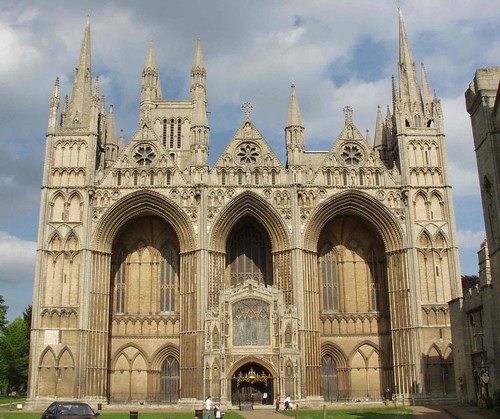Ten great posts from 10 new (to me) women bloggers. It is here every Friday (more or less ..)
Starting off this week with THE big internet issue, Laura Scott on Rare Patterns sets out the case for net neutrality.
Staying political, Litbrit on The Last Duchess concludes If It Walks Like a Racist – or Drives a Border Patrol Buggy Like One, it is probably George Bush.
Turning on the science, The Disgruntled Chemist on Nice Shoes, Wanna Fock (perfectly safe for work, unless the title is likely to cause upset), answers in the negative a question I’d previously pondered: Do room air-purifiers have any effect at all?
But not all science is so well founded, as Nyarly on Dispatches from Tanganyika found when she looked at the details of that American-British health study. One problem – all of the research subjects were male.
Heading towards the personal side, Denise on Dot Moms (a group blog with some 40 members) has some advice for women expecting twins: “Sit down. Just sit. Call me and remind me what its like.” Staying with babies, somewaterytart on Tart Juice addresses “some seriously ill-informed comments about baby safety”.
Katie on Everyone Else Has A Blog writes for Blogging Against Disabilism Day: It “isn’t just about random fucked up blokes shouting ‘Cripple!’ in tube stations.”
If you’re feeling the need for some healthy reading, Molly on Orangette was going to bring cupcakes, but settled for some healthy, and yummy looking lima beans instead. On the same topic, but in a different language, C’est Moi Qui l’ai Fait is exploring wildflowers and pesto. (Plenty of pics if you’re not feeling up to reading the French.)
Finally, going multimedia, on The Pink of Perfection, my first femme fatale video-blog (vlog if you fancy jargon) – a picture tells a thousand words in the transformation of a humble chair.
***
If you missed last week’s edition, it is here. (If you’d like to see all of them as a list, click on the category “Friday Femmes Fatales†in the righthand sidebar. That will take you to a collection of 580 (and counting) women bloggers.)
***
Please: In the next week if you read, or write, a post by a woman blogger and think “that deserves a wider audience†(particularly someone who doesn’t yet get many hits), drop a comment. It really does make my life easier. (Thanks to Penny this week!)


 About
About